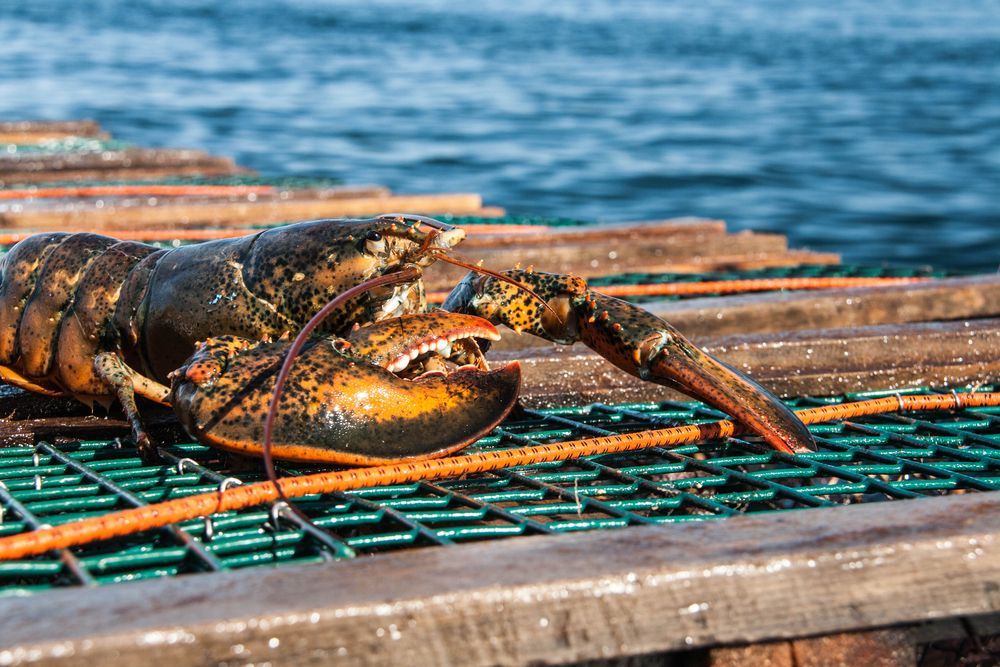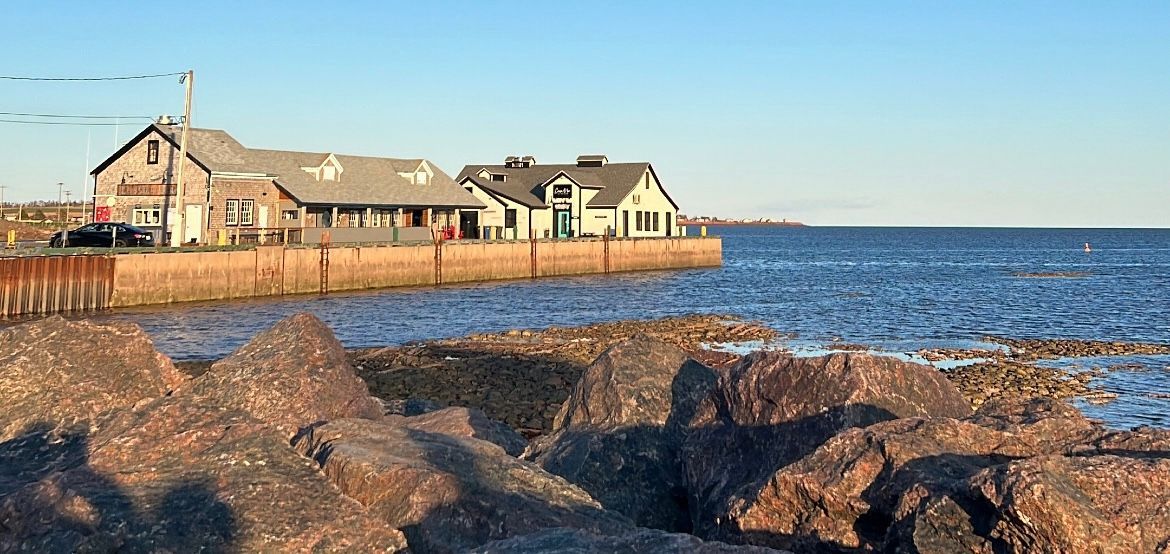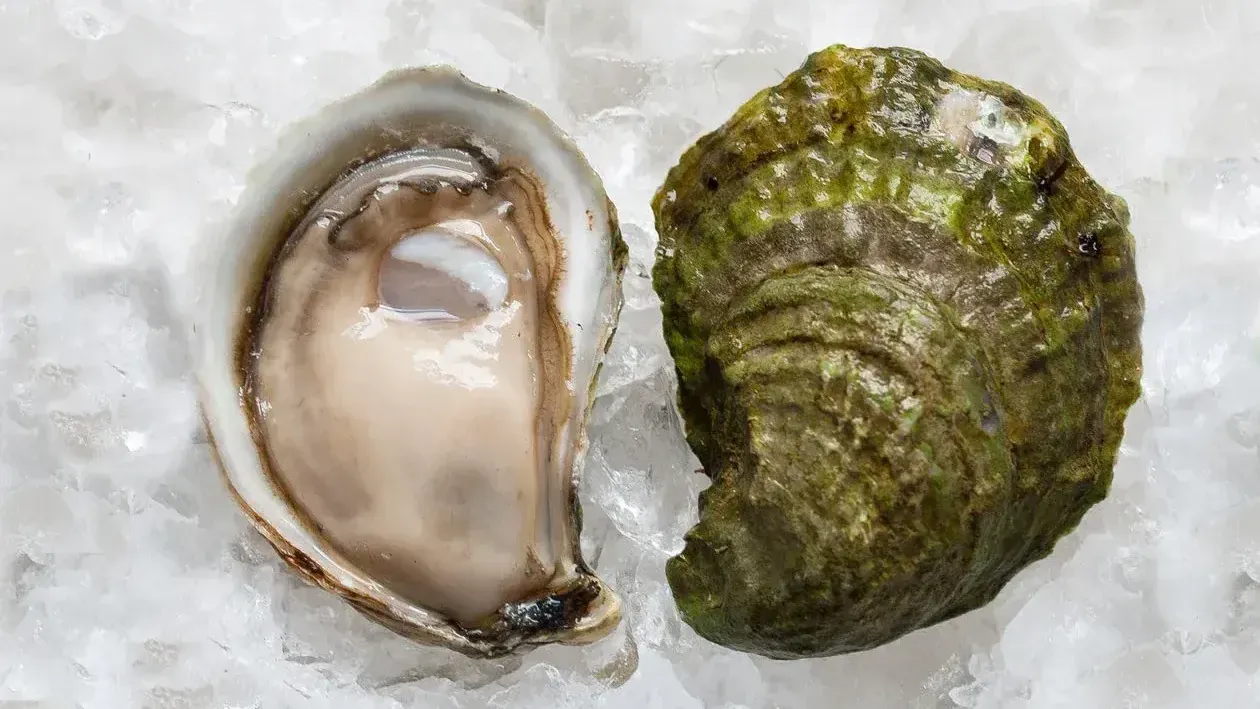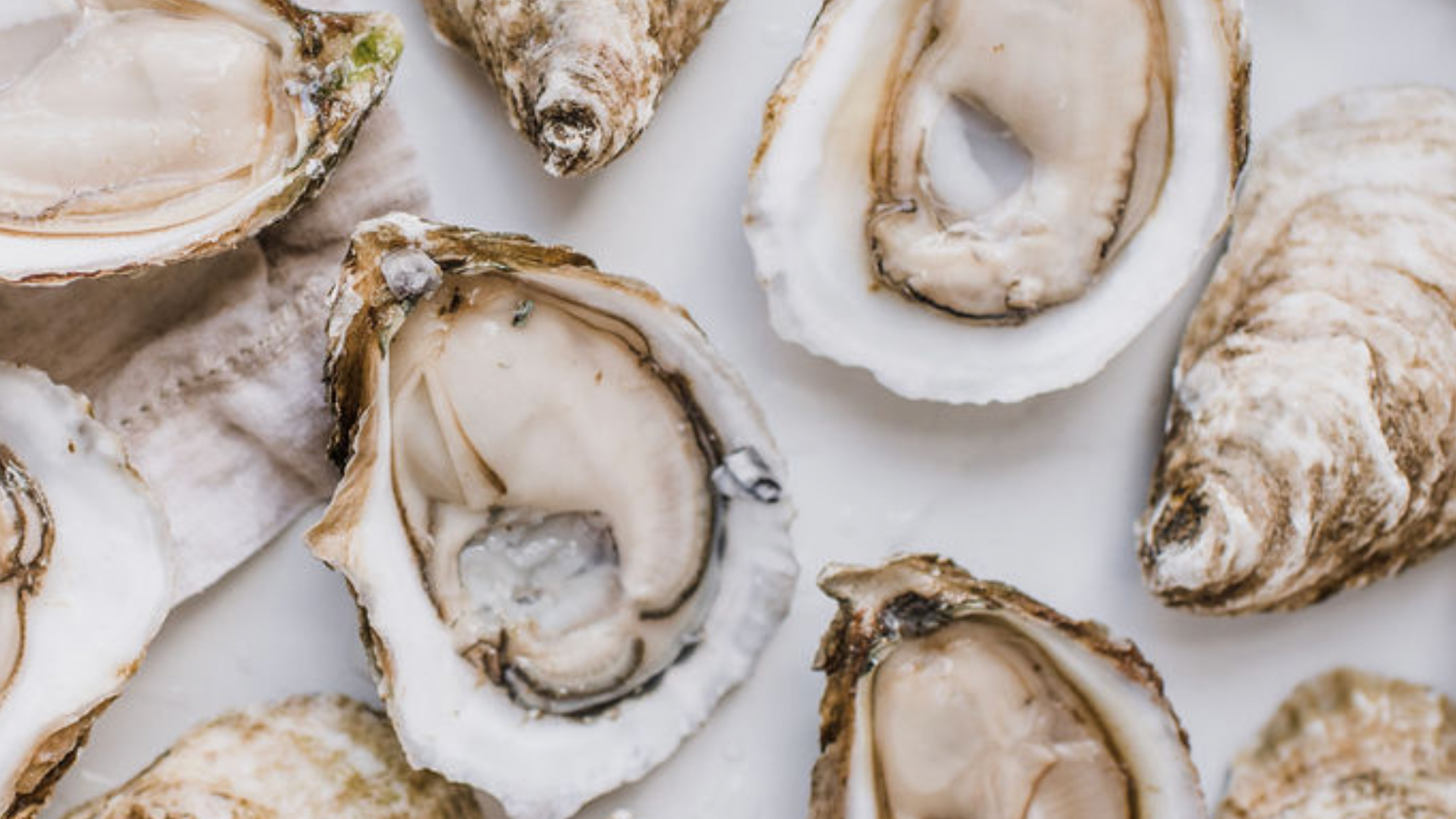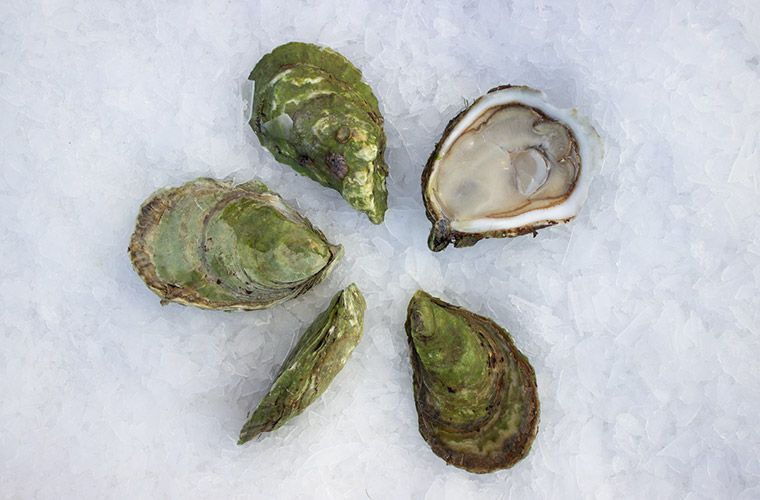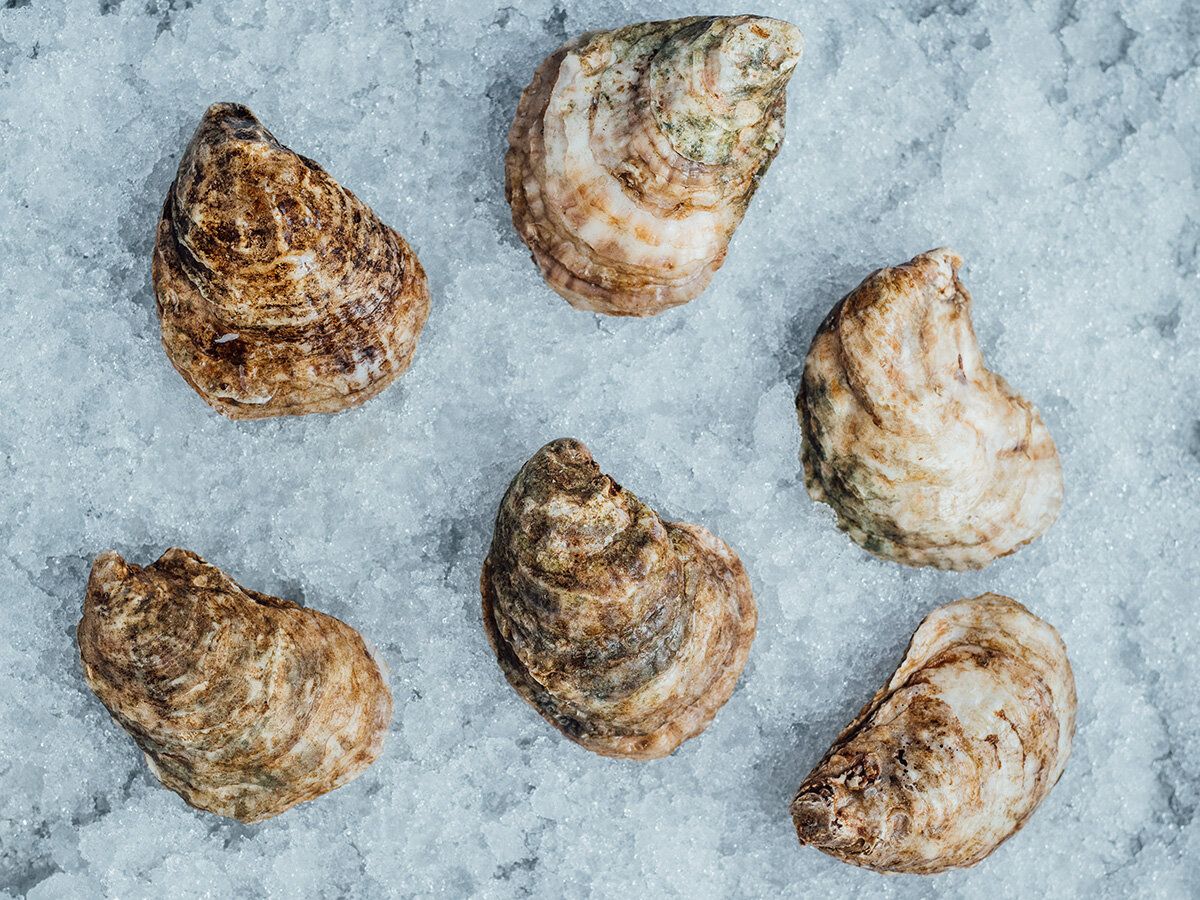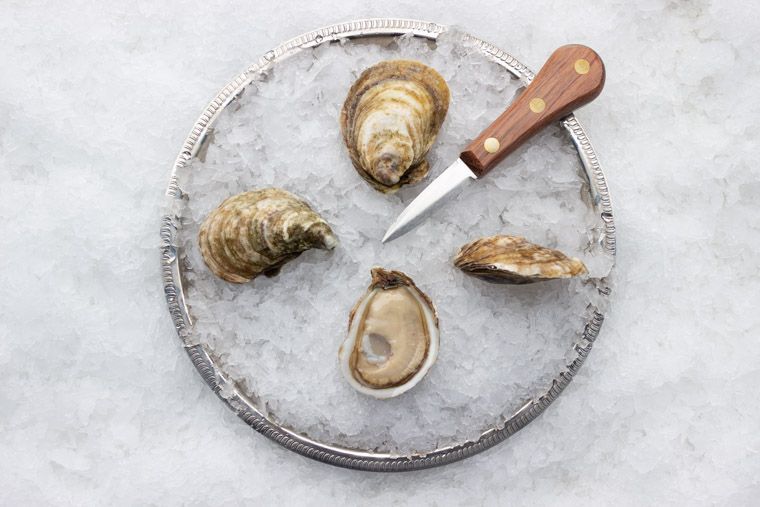PEI Oysters: Unveil the Taste of Coastal Perfection
Let's talk about North Atlantic's finest treasure—the PEI Oyster. Prince Edward Island's warm, shallow bays, provide an abundance of nourishment and create an excellent environment for oysters to grow and thrive. With every gentle current and nutrient-rich tide, these oysters absorb the essence of their surroundings, resulting in exceptional flavors that are truly unique to the island. Each oyster, despite belonging to the same species, has distinct qualities due to the influence of their natural habitat.
The Rustico Oyster:
On our second floor, suite #2 was named after the Rustico Oyster. These oysters come from Rustico, a fishing village in PEI. The Rustico oyster grows for 3–5 years in cold salt water. They have very thick shells due to being tumbled in the North Shore Tides, which allows experts to have a effortless shuckinexperienc. Rustico oysters are also known for being salty and sweet.
Did You Notice The Names of Our Suites?
The Sand Dune Oyster:
Our top floor, 4 bedroom suite was named after the Sand Dune Oyster. This oyster grows for about 4-6 years in Souris River and are recognized for their bright, green shells. They're grown on the hard, sandy bottom for their entire life where they are naturally tumbled by the tide, which gives them deep cups and heavy shells.
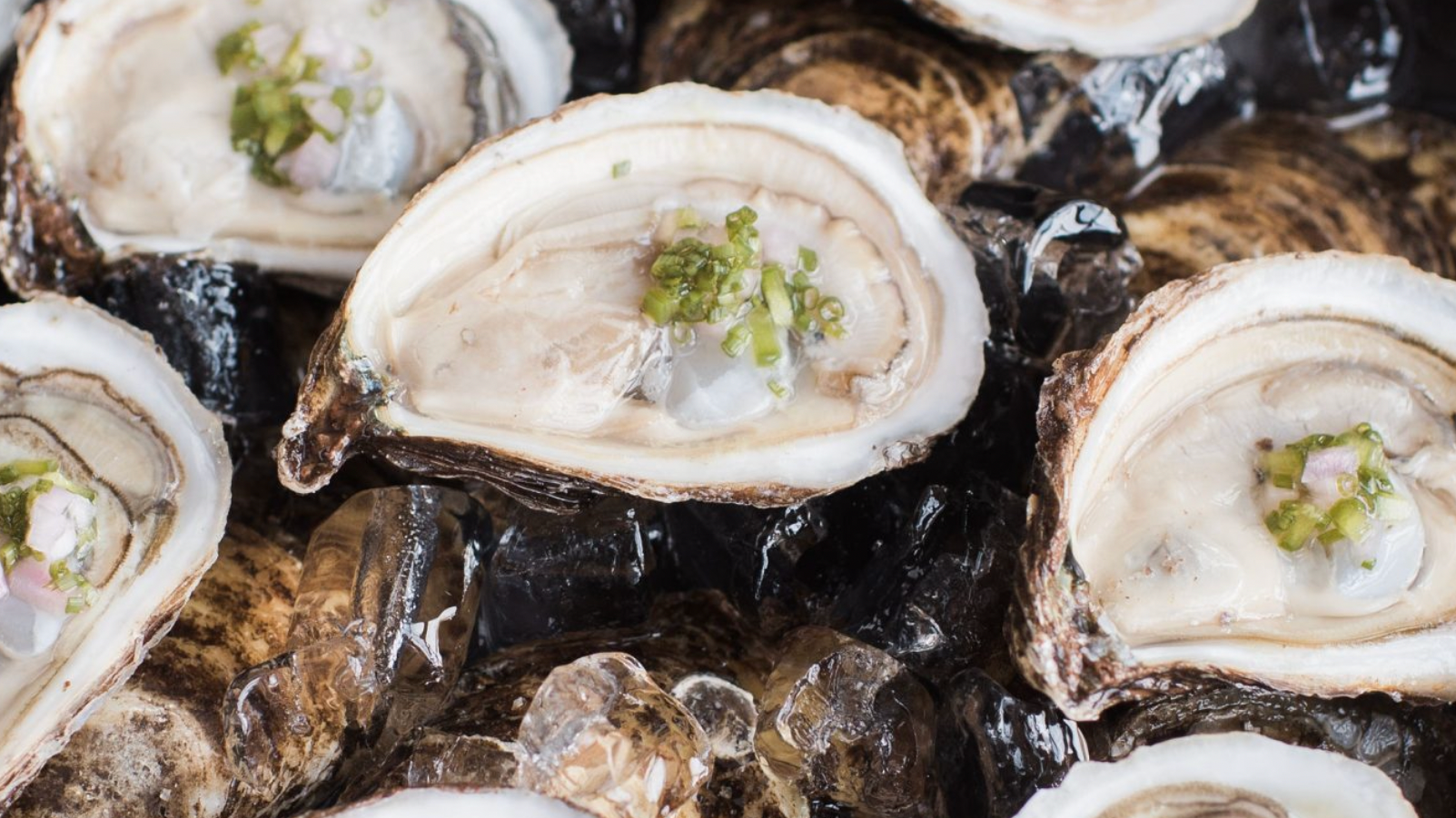
Raspberry Point Oyster:
On our second floor, suite #3 was named after the Raspberry Point Oyster. These oysters grow in the cool waters of New London Bay in PEI National Park. Throughout the growth process, experts ensure the oysters are continuously manicured. This results in a perfect 3-to-3.5-inch sized oyster. Raspberry Point oysters are also known for their salty taste, fresh and clean flavour, and a delightful, sweet finish.
About The Oyster:
Ever wonder how an oyster grows? Well, they actually spawn naturally each Spring! After about 24 hours, oyster larvae begin to form a shell, then after a few weeks, the oyster finds a nice spot where it cn attach itself too and begin growing in the wild. Oysters cannot grow in waters that are impure, therefore our abundance of oysters is actually related to how clean and cool the waters of PEI are!
Did you know that oysters are filter feeders? Oysters actually receive their nourishment from plants that naturally grow in the waters. Due to this, oysters help naturally clean the waters where they grow and reduce greenhouse gases by removing carbon dioxide from the ocean for shell formation! How neat!
Oyster Fishing:
The oysters are collected or fished from their natural habitat with the help of a 15-foot dory and a pair of oyster tongs with long handles and rake-like teeth. To catch the oysters, the fisher leans over the side of the dory and lowers the tongs into the 14 foot water, closing them at the bottom of the bed. This technique catches a small quantity of oysters, along with seagrass and mud. The fisher then lifts the closed tongs out of the water and places the collected contents on the washboard of the dory for measurement and grading. Any undersized oysters and old shells, which contribute to creating a new environment for wild oysters, are returned to the beds. The oysters that have been kept are cleaned and sorted into wooden crates, which will be sold to oyster processors and eventually reach the consumer. Although most experts have they fishing licence for spring and fall, many people continue to harvest in the winter! For islanders, farmed oysters are an incredibly booming business, so to continue harvesting into winter is very beneficial but much more complex and challenging.
Check out the video below to see how the professionals do it!
Enjoy this Read? Then you have to read this one!

